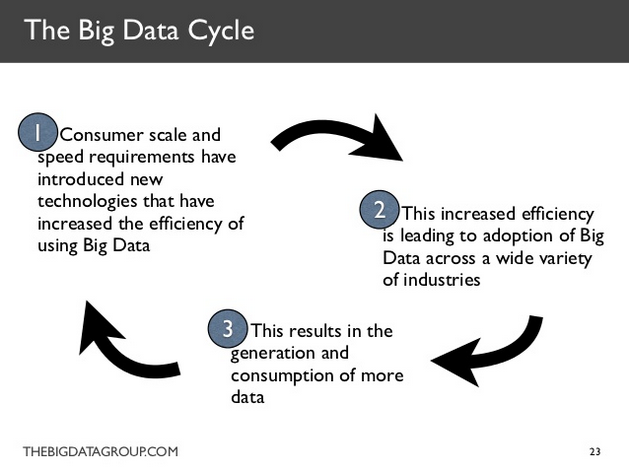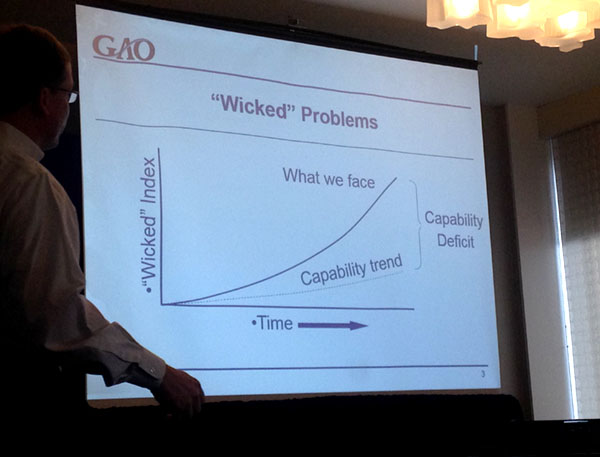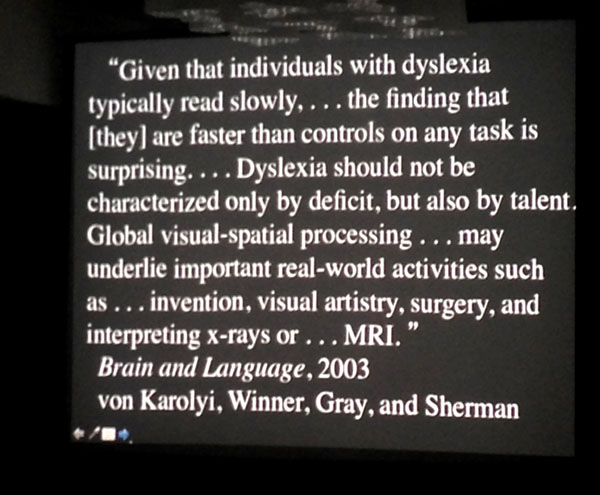World Future Society Conference – Sun’s Reflections
by Sun Jeong on Aug 26, 2020 • 11:43 am No CommentsAfter the WFS conference in July we decided to each write blog posts describing the sessions we attended. You can read Hannah’s reflections and our observations from the master classes we attended here. To find out more about the conference see our website. Wendy is currently on her sabbatical and will prepare her contribution for the September issue of the TalentNZ newsletter, along with her observations from travelling through Europe and her visits to think tanks in both Russia and the UK.
On the first day of the World Future Society conference, I attended some sessions that dealt with digital technology. It was a great opportunity to hear about current issues in technology and their impact on our lives. Below are some findings I want to share.
The first session was a panel discussion entitled Implications of Digital Technology. It was led by David Wood (Principal, Delta Wisdom), Frank Spencer (Founder & Principal, Kedge), Halil Aksu (Founder & Chief Thinker, GelecekHane) and Jeremy Pesner (Innovation Specialist & Policy Manager, Office of Information, General Services Administration). They stated that customisability is one of the most significant evolutions of technology and its impact on new generations is greater than any other. Younger generations are now ‘programming’ life by actively shaping the world to suit their whims, and interacting with celebrities formerly beyond reach via social media. They see open source and R&D as the key to long-term technological innovation. The internet brought us connectivity and open source gives this connectivity a greater impact than ever. Jack Andraka – a teen who invented advanced cancer tests using open source material on Google – is an example of what the new generation can do with accessible information. Another interesting example is the ‘Maker Movement’ in Turkey – the new business culture characterised by collaboration, innovation and creation. By encouraging connections between people and their projects, it produces unique, innovative and often high-tech creations. You can read more about this movement here (turn translator on to read in English).
Questions were raised on the ethical concerns about artificial intelligence. They said that artificial intelligence isn’t a threat because human intelligence has the capability to create and develop ideas that AI cannot. It will open possibilities for a new civilization by allowing us to invest our time in greater things.
The second session, Big Data: Trends and Implications, was presented by Tim Persons (Chief Scientist, U.S. Government Accountability Office) and Dave Feinleib (Managing Director, The Big Data Group). Big Data is a broad term for data sets that are so large and complex that they cannot be processed with traditional applications. It also refers to data analytics, an emerging trend around the globe. Nowadays rapidly growing data is mostly ‘unstructured data’ – such as Facebook photos, tweets and blog entries – which is being created every day. The Big Data Group provides advisory and consulting services to technology buyers and vendors, because when companies make large amounts of data accessible it allows for complex analysis, which leads to a range of new benefits. Dave said that looking into certain data often helps to solve narrow-focused business problems. The most common example of this for businesses is the ability to track consumer habits from previous purchase data. This means that companies like Amazon and eBay can provide personalised suggestions to individual customers. It is also important to note that new generations’ experience of digital technology means that they have different expectations of the future. This will be the key driver of how Big Data can cause innovation.
Modern technology allows us to identify problems immediately. The second presenter Tim said that what Big Data provides is not necessarily a clear solution, but an indication of ‘capability trends’.
The benefits of Big Data can be seen as improvements in our understanding and our foresight capabilities. Medical science, environmental science, weather forecasting and consumer profiling have all seen significant advances thanks to Big Data. For example, the cost of sequencing the human genome has dropped massively over the last 10 years. This has huge implications for the future of personalised medical care. You can see the full presentation on Big Data trends here.
The session Visual Thinkers and Their Visionary Technologies was led by Author Thomas G. West (Author of In the Mind’s Eye) with Kenneth Hunter (Senior Fellow, University of Maryland) and Delos Smith (Broadcast Media, Consultant and Contractor). For hundreds of years, our teaching system has been focused on reading, writing, counting and memorizing texts. People who think in images – visual thinkers – have therefore struggled in the world of words, and this struggle (often in the form of dyslexia) has been called a ‘learning disability’. In this session, Thomas G. West talked about the previously undiscovered unique talents of those who think in images instead of words or numbers. His book In the Mind’s Eye gives portraits of well-known individuals who had learning difficulties or relied strongly on visual thinking for their work – such as Albert Einstein, Thomas Edison, Lewis Carroll and Winston Churchill – along with recent neurological research on the association between visual talents and verbal difficulties. Here are the dyslexic talents and traits he explores in the book:
- Big-picture thinking and foresight
- Story-based and narrative memory as opposed to rote learning
- Hands-on, three-dimensional thinking and mental models
- Unexpected approaches leading to discoveries
- Integrating complex information
- Fluid modes of thought
- Linking apparently unrelated concepts
He said that being creative means seeing what others don’t. Today’s computer visualisation technology embraces the creative potential of visual thinkers. Interactive visualisation technologies will allow us to view education differently and to open up untapped human brain ability including these newly identified talents.
If you want to know more about Thomas’ work, you can read his blog here.
He also recommended watching this video from a conference held between Microsoft and Dyslexic Advantage, entitled ‘Neurodiversity in the High Tech Workforce’.
The last session was led by author Andrew Trabulsi (Author) who talked about his recent book Warlords, Inc.: Black Markets, Broken States, and the Rise of the Warlord Entrepreneur. Andrew reasoned that the global black market is an engine for economic growth and it is inherently unknown how big the market is or how much our economy relies on the black market. His book explores these issues and the consequences for the future of governance. Andrew’s key observations and points for future concern are:
- Over time the lines between black, grey and white markets will blur
- Warlord entrepreneurs will become indistinguishable from other forms of legal enterprise
He then discussed how we can deal with this type of crime. Transparency around benefactors of companies is crucial in order to locate illegal crime associated with corporations. For example, putting all benefactors of companies on to a public database will help navigate money laundering, which is one of the major sources of the black market’s money. Introducing advanced technology to the surveillance system of exports and imports will also make a big impact, especially on transnational illegal activity.
While attending the World Future Society conference for the first time, I discovered science and digital technology are becoming a very important tool in shaping our future and it was exciting to witness the passion in people from different areas working to make the world a better place.
























![20160906 McGuinness Institute - TacklingPovertyNZ Workshop – Far North Flyer [FINAL]](/wp-content/uploads/20160906-McGuinness-Institute-TacklingPovertyNZ-Workshop-%E2%80%93-Far-North-Flyer-FINAL-1-50x50.png)